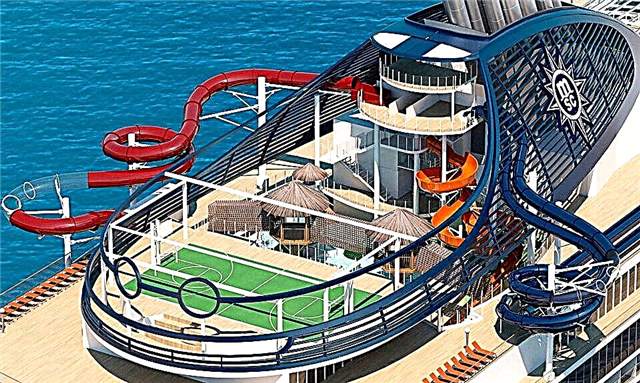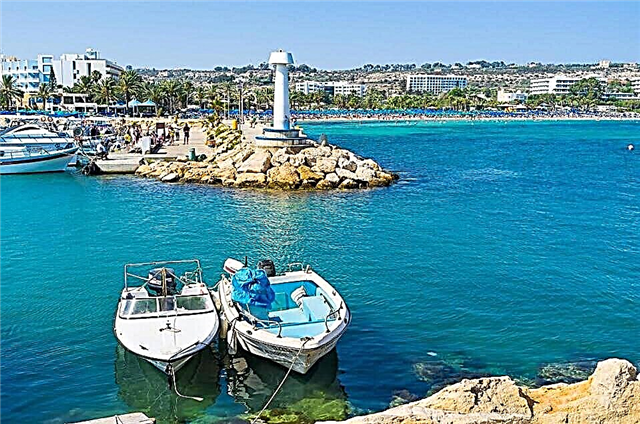In 1498, making his third voyage to the shores of the New World, Columbus discovered Venezuelan land. Just a year later, the Spanish conquistadors and the Italian Amerigo Vespucci arrived here. The huts of local Indians, standing on stilts under water, reminded Europeans of the city of lagoons - Venice, and they named the new country Venezuela, which in Spanish means "little Venice".
Content:
List of landmarks of Venezuela
Today Venezuela is one of the brightest countries in South America. Visitors from the Old World travel halfway around the world to see the snow-capped Andes and tropical rain forests, mesas (tepuis) towering over the jungle, and the planet's highest waterfall, Angel. All these beauties are surrounded by lush flora, under the shade of which exotic animals such as jaguar, cougar, ocelot, tapir, armadillo and giant anaconda - the largest snake on the planet - live.

Angel Falls
Lost World of Venezuela
The coast of Venezuela is surrounded by 3,000 km of white sandy beaches. The island of Margarita is rightfully considered the best seaside resort, the main wealth of which is made up of more than 100 luxury hotels and protected reservations with many species of birds - flamingos, pelicans, parrots, etc. In total, "Little Venice" has 40 reserves and 20 national parks. The Canaima Nature Reserve is famous for the location of Angel Falls, Roraima Plateau and local Pemon Indian settlements. The report on the expedition to the area of the mesas inspired A. K. Doyle to write the novel The Lost World. In the state of Yarakuy, there is one of the most unusual nature reserves on the planet - Maria Lyonsa Park. According to legend, the daughter of a Spanish colonizer and queen of one of the local tribes, she owned the art of healing and patronized animals. Maria Lyonsa is portrayed as a strong woman riding a tapir. The Venezuelan government created a park in honor of this saint, giving 10 thousand hectares of wild forest under its territory.

Roraima rock
Caracas - colonial charm
The Venezuelan capital - Caracas - is located in the mountainous valley of the Caribbean Andes. On the central square stands a monument to Simon Bolivar, a national hero who took an active part in the overthrow of Spanish rule. On the east side of Plaza Bolivar there is a colonial-style cathedral, and on the south side there is the building of the Caracas Museum, which contains paintings and documents dedicated to Venezuela's struggle for independence. South of Plaza Bolivar, there is a museum of religious art and a summer villa of the Bolivar family. Among the historical buildings of the greatest interest are the National Pantheon - the tomb of Bolivar, the Church of St. Francis with a richly inlaid altar and the Chapel of the Holy Rose, where in 1811 Venezuela's independence from Spain was proclaimed. There are many museums in Caracas. The national gallery contains 400 works by authors of the Spanish period, and in the museum of modern art you can see the canvases of such famous painters as Chagall, Leger, Picasso, etc.











